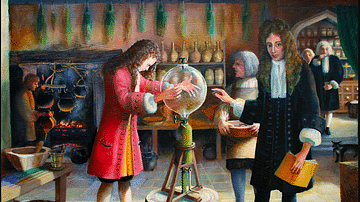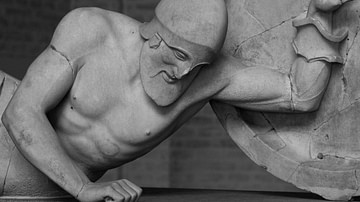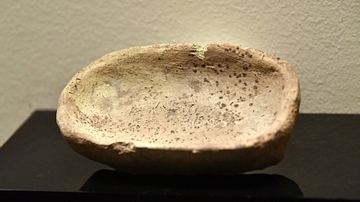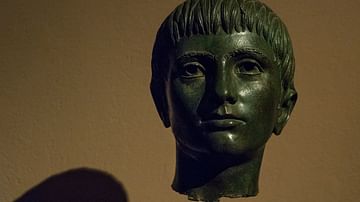Video
Cite This Work
APA Style
Museum, G. (2016, February 19). Adriaen de Vries's Bronze Casting Technique: Direct Lost-Wax Method. World History Encyclopedia. Retrieved from https://www.worldhistory.org/video/755/adriaen-de-vriess-bronze-casting-technique-direct/
Chicago Style
Museum, Getty. "Adriaen de Vries's Bronze Casting Technique: Direct Lost-Wax Method." World History Encyclopedia. Last modified February 19, 2016. https://www.worldhistory.org/video/755/adriaen-de-vriess-bronze-casting-technique-direct/.
MLA Style
Museum, Getty. "Adriaen de Vries's Bronze Casting Technique: Direct Lost-Wax Method." World History Encyclopedia. World History Encyclopedia, 19 Feb 2016, https://www.worldhistory.org/video/755/adriaen-de-vriess-bronze-casting-technique-direct/. Web. 18 Apr 2025.





